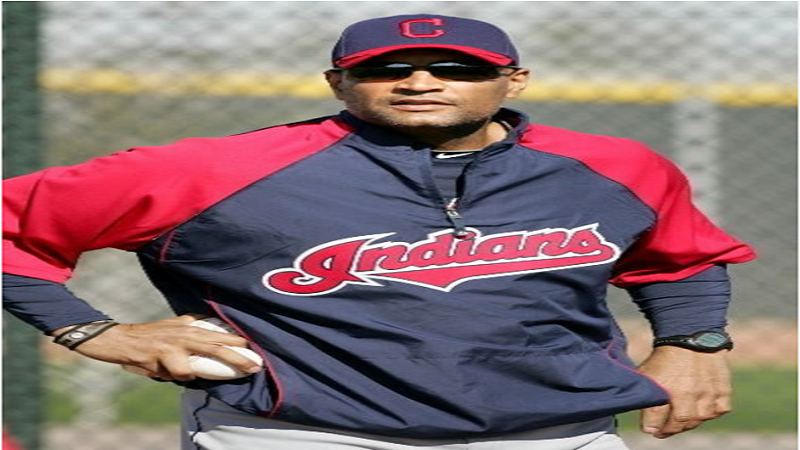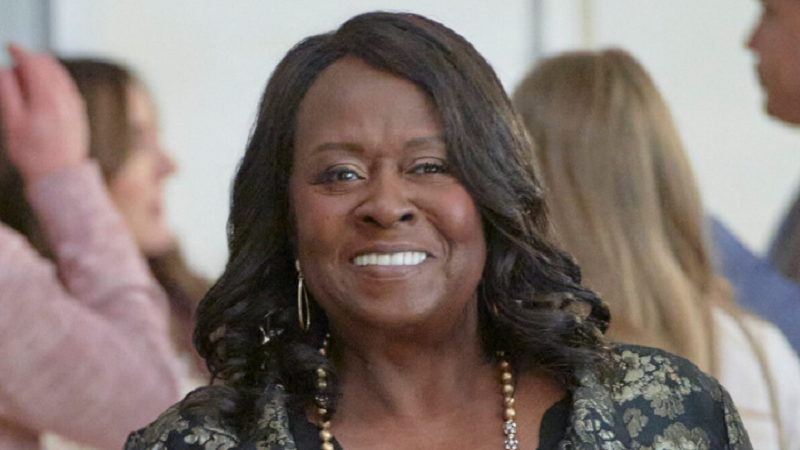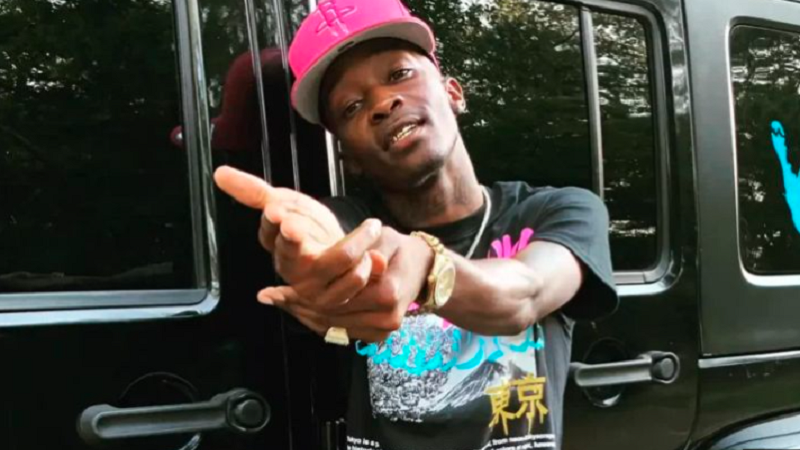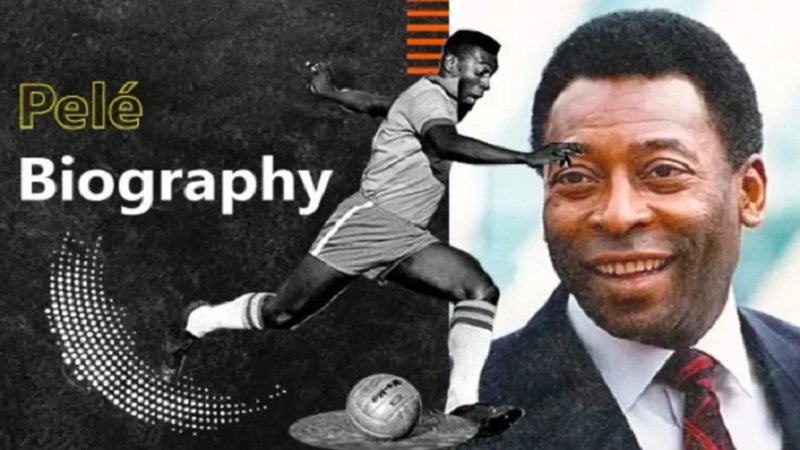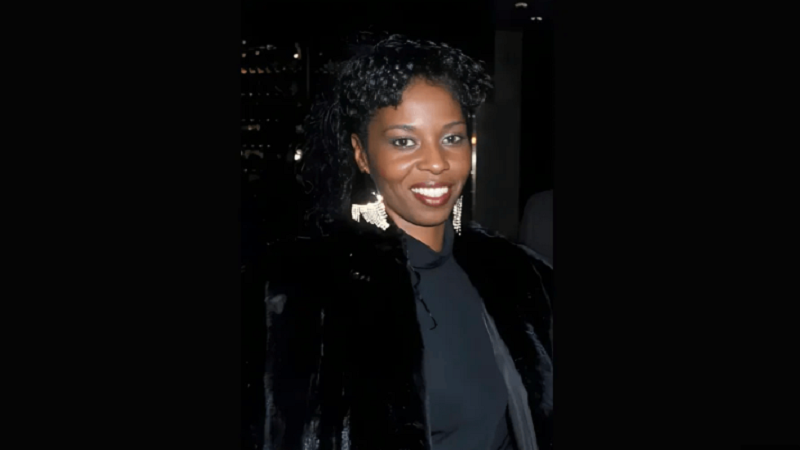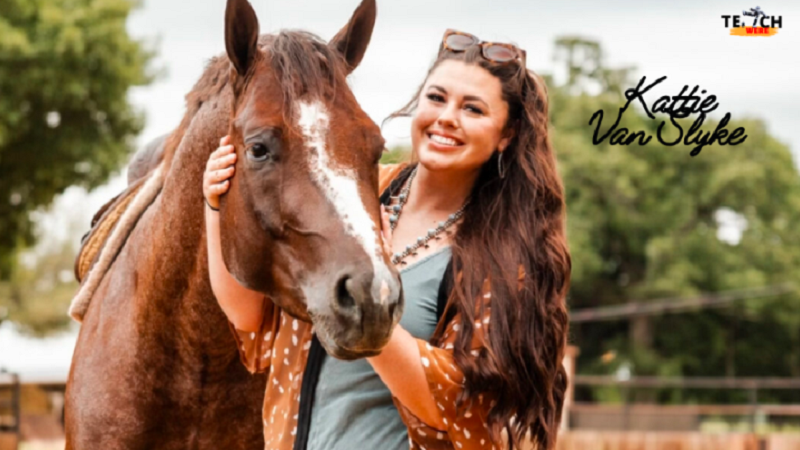Sabu Howard, often known simply as “Sabu,” remains one of the most influential wrestlers in the history of professional wrestling. His unique style, characterized by high-flying maneuvers, hardcore stunts, and an unapologetic commitment to entertaining fans, has earned him a legendary status in the industry. With roots deep in wrestling tradition and a career spanning decades, Sabu is a name synonymous with extreme wrestling.
Early Life and Background
Born Terry Michael Brunk on December 12, 1964, in Michigan, Sabu was introduced to the world of wrestling through his uncle, the famed wrestler The Sheik. The Sheik was a major figure in professional wrestling, known for his brutal and innovative in-ring style. Under his uncle’s tutelage, Sabu developed a passion for wrestling, learning various techniques and absorbing the intense, no-holds-barred approach that would later define his career.
Sabu’s Rise to Fame
Sabu began his wrestling journey in the late 1980s, working in various independent wrestling promotions. His fearless in-ring style quickly set him apart. By the early 1990s, Sabu’s reputation had reached new heights, and he became a major figure in promotions like Frontier Martial-Arts Wrestling (FMW) in Japan, where he honed his craft in hardcore wrestling.
His big break came in 1993 when he joined Extreme Championship Wrestling (ECW). ECW was known for its edgier, more violent form of wrestling, and Sabu fit perfectly into this environment. His matches were often unpredictable and filled with high-risk stunts. Whether diving off the top rope, crashing through tables, or using steel chairs in innovative ways, Sabu became known as a “hardcore icon.”
Defining Matches and Feuds
Sabu’s career is marked by several defining matches and feuds. His matches against The Sandman, Taz, and Rob Van Dam are legendary in the world of professional wrestling. The feud with Taz, in particular, stands out as one of the most memorable storylines in ECW history. Their rivalry culminated in the 1997 ECW event “Barely Legal,” the promotion’s first pay-per-view, where Sabu and Taz delivered a brutal, hard-hitting match that is still talked about today.
In addition to his time in ECW, Sabu also had memorable stints in World Championship Wrestling (WCW) and Total Nonstop Action (TNA) Wrestling. In every promotion, Sabu brought his signature hardcore style and thrilled fans worldwide.
Sabu’s Unique Wrestling Style
Sabu’s wrestling style has always been one of his key distinguishing factors. He combined the high-flying acrobatics of lucha libre with the brutal hardcore elements popularized in Japan. His use of tables, chairs, and other weapons set him apart from traditional wrestlers. His style was not just about violence, but also about athleticism and creativity in the ring. Sabu’s ability to adapt to any situation, combined with his willingness to put his body on the line for the sake of entertainment, made him a fan favorite.
Injuries and Setbacks
Like many wrestlers who engage in hardcore wrestling, Sabu has had his fair share of injuries. Throughout his career, he has broken multiple bones, suffered concussions, and dealt with various physical setbacks. His “never-say-die” attitude, however, always brought him back to the ring. Even when injuries sidelined him, Sabu’s resilience was evident, and he often returned to the ring quicker than expected, refusing to let pain dictate his career.
Legacy and Influence
Sabu’s influence on professional wrestling cannot be overstated. Many wrestlers today credit Sabu as an inspiration for their careers, especially those who pursue hardcore or extreme wrestling. His contributions to ECW helped the promotion carve out a niche in the competitive wrestling market, eventually influencing the direction of major promotions like WWE, which absorbed elements of ECW’s hardcore style into its programming.
Though Sabu may not have achieved the mainstream success of some of his contemporaries, his impact on the wrestling world remains significant. He paved the way for a new generation of wrestlers who value athleticism, risk-taking, and creativity in the ring.
Life After Wrestling
While Sabu continues to make occasional wrestling appearances, his in-ring activity has slowed down in recent years. He remains involved in the wrestling community, often participating in independent wrestling events and sharing his knowledge with up-and-coming wrestlers. Sabu’s legacy continues to thrive through his influence on younger talent, many of whom consider him a mentor.
FAQs about Sabu Howard
What is Sabu’s real name?
Sabu’s real name is Terry Michael Brunk.
When did Sabu start wrestling?
He began his career in the late 1980s.
Which wrestling promotions did Sabu work for?
Sabu worked for ECW, WCW, TNA, and FMW, among others.
What is Sabu best known for?
He is known for his hardcore, high-flying wrestling style.
What was Sabu’s most famous match?
His match against Taz at ECW’s “Barely Legal” in 1997 is one of his most memorable.
Has Sabu officially retired?
He hasn’t officially retired but has reduced his in-ring appearances.
How did Sabu get his ring name?
He adopted the name “Sabu” as a tribute to his uncle, The Sheik.
What injuries has Sabu sustained?
Sabu has suffered numerous injuries, including broken bones and concussions.
Conclusion
Sabu Howard has solidified his place as a true legend in the world of professional wrestling. His fearless commitment to high-risk, hardcore wrestling captivated fans and influenced a generation of wrestlers. Known for his incredible resilience and innovative style, Sabu pushed the boundaries of what was possible in the ring. Though his in-ring career has slowed down, his legacy endures, inspiring countless wrestlers who follow in his footsteps. Sabu’s contributions to wrestling will forever be remembered as groundbreaking and iconic.
If you need more news feel free to visit my website: Wdroyo

